2019-05-09
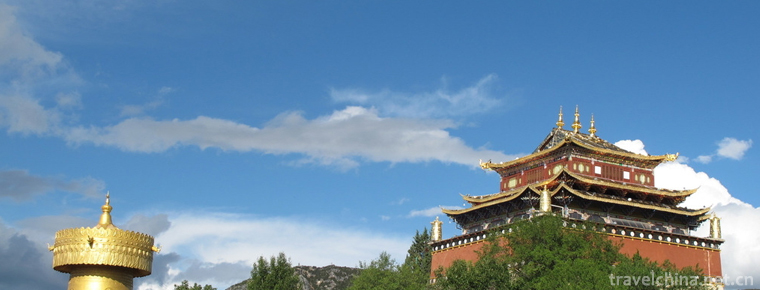
- By ChinaWiki.net
- Chinese Edition
- 2018-10-20
The ancient city of dkkzong is the best preserved and largest Tibetan residence in China, and is also the hub of the ancient tea horse road. Located in Shangri-La County, Diqing Prefecture, Yunnan Province, Duke Zong Ancient City is an ancient city with a history of more than 1300 years. It was the window of cultural exchanges between Tibetan villages in the snow region and Yunnan region, and the economic and trade link between Sichuan, Tibet and Yunnan region.
In recent years, with the development of local tourism, Shangri-La County has strengthened the protection and renovation of Duke Zong ancient city, and reproduced its historical style. During the reign of Tang Yifeng and Tiaolu (676-679 AD), Tubo set up a fortress called Duke Zong on the top of the Big Turtle Hill. One Tibetan pronunciation contains two meanings, one is "castle built on stone" and the other is "moonlight city". Later, the ancient city was built around the top of the walled village. This echoes the "Niwang Sect" built on the top of a hill near the Milky River. It is called "Riguang City". Its fortress is no longer there, and its original site is a white tower. The ancient city of Duke Zong was built in accordance with the mountain conditions. The road surface was undulating. Some old stones were paved with the natural terrain. Up to now, there are still deep horseshoe marks on the slate roads, which were the relics left by the horse gangs for time. Duke Zong is an important town on the ancient tea-horse road and the first stop of the horse Gang after it entered Tibet. This is a very comfortable section of the road. In 2001, the ancient city of Du Ke Zong was approved as a famous historical and cultural city in Yunnan province.
Legend has it that the idea of city building was due to the fact that a living Buddha looked across the hill from the ancient city and found that the mountain was like a master lotus and peanut sitting on a lotus flower. In the construction of the ancient city, most of the building materials are made locally. Craftsmen found that a white clay produced locally could be used as paint for the exterior walls of houses, so the exterior walls of ancient city dwellings were painted white, this style has been used to this day. On moonlit nights, the silver moonlight decorated the white ancient city with enchantment, so the local people called the ancient city "Duke Zong". The "kurzong" Tibetan language means white Stone City, meaning Moonlight City.
In his famous book, The Forgotten Kingdom, Mr. Gupper of Russia states that it is estimated that the "caravan transport" used 8,000 mules and 20,000 yaks when all routes to China were blocked during the war.
In the Tang Dynasty, the northwest part of Yunnan Province (including Diqing area) belonged to the land of the Tubo Dynasty. Tang 676 - 679, Tubo set up Shenchuan capital governor's palace in the West of the Wei Dynasty, and in today's Big Turtle Hill, the official fortress was built with the stone as the city, the name of the city "Duke Zong", that is, the famous "East City of Tieqiao" in history.
In the Ming Dynasty, Zhongdian was occupied twice by the Mu Chieftain of Lijiang. The Mu Chieftain built the "Xianggewa" village in Daguishan and the Tibetan stone village in the original Daguishan "Duke Zong". Later, he built the "big year jade tile" village on the Bank of the milk river. The Tibetan name is "nwang sect", meaning sunlight city. The two villages echo each other, forming the famous "Shangkoni Wa" in the history of Zhongdian, that is, the famous "Sun and Moon City" in Tibet.
The ancient city of Dukezong has always been a gateway to the tea and horse markets in Yunnan, Sichuan and Tibet. In the twenty-seventh year of Kangxi (1688), the Dalai Lama asked to trade with each other on the Jinsha River. The Qing government allowed Dukezong to be a neutral city in Zhongdian. At the time of Yong Zheng and Qianlong, mining industry flourished and merchants from all over the world gathered.
During the Anti-Japanese War, the Japanese invaders occupied Myanmar and cut off the traffic between Yunnan and Myanmar. Large quantities of aid to China could only be transported from Lhasa to Kunming via northwest Yunnan through the Himalayas. The County town became a transit point for trade between Yunnan, Tibet and India.
In addition, in 1936, he Long led the Chinese Red Army of workers and peasants, the Second and Sixth Army Legions march through Zhongdian, in the ancient city of Duke Zong Tibetan Sutra Hall two-chambered headquarters, held an important meeting here.
The restoration and reconstruction of Duke Zong ancient city in Shangri-La City, Diqing Tibetan Autonomous Prefecture, Yunnan Province, has been basically completed and formally opened to the outside world on January 1, 2016. Below is a view of the ancient city of Duke Zong in Shangri-La, Yunnan Province, set off by colorful scriptures taken on March 22, 2016.
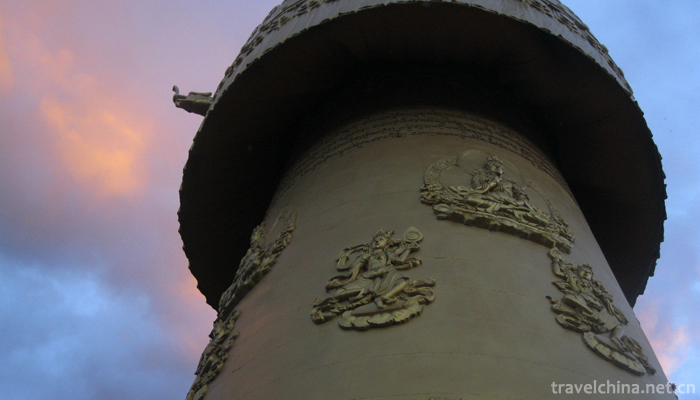
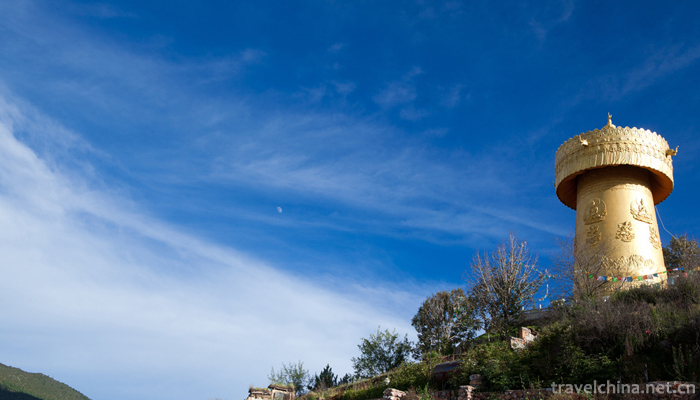
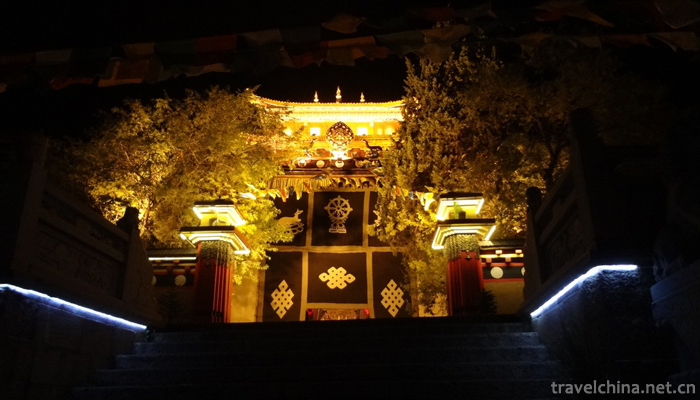
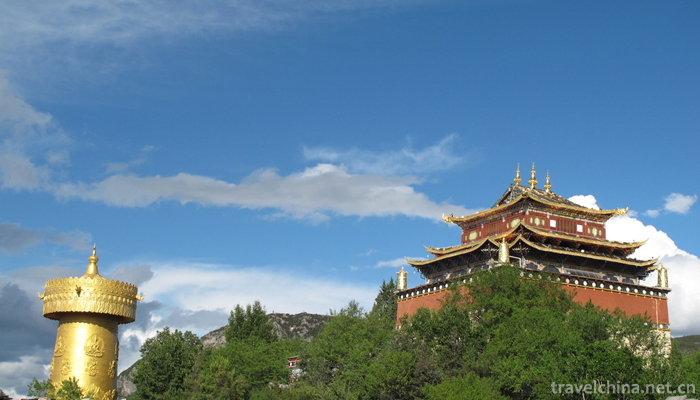
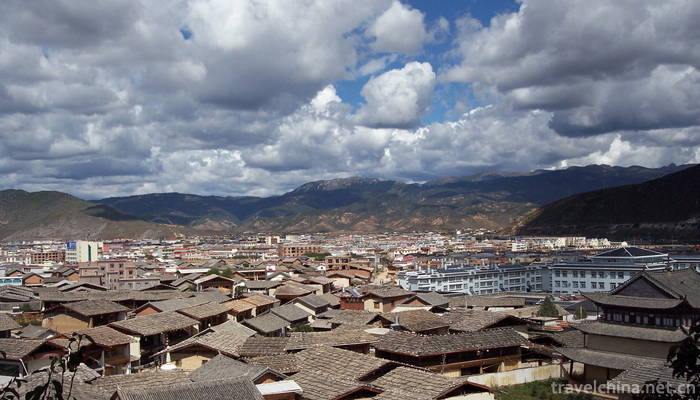
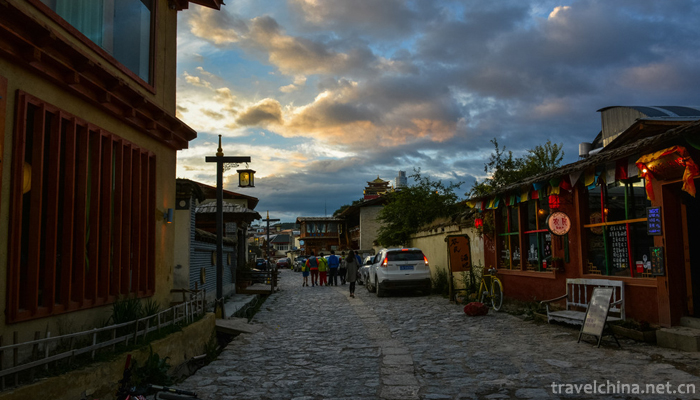

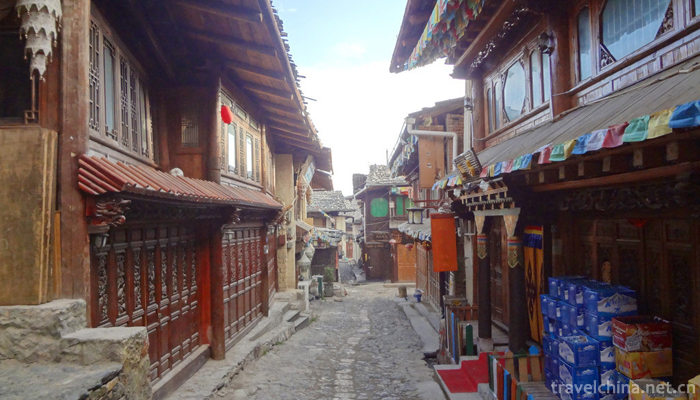

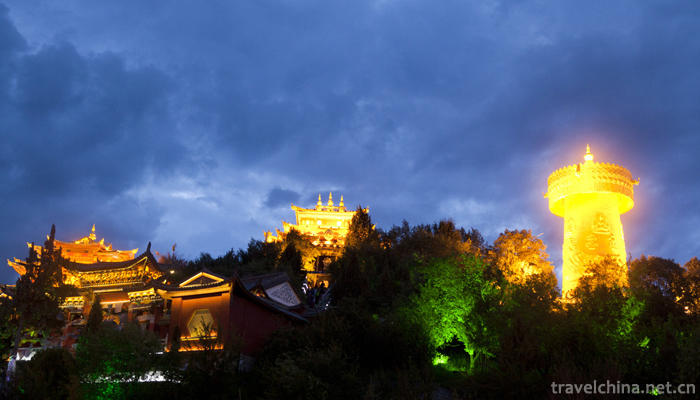
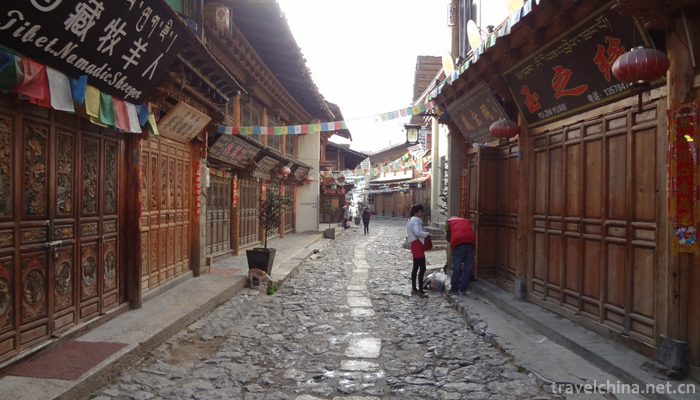
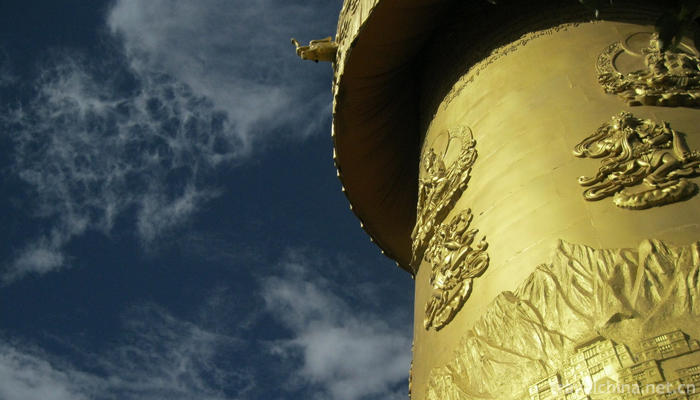
Ask a Question
Your email address will not be published.
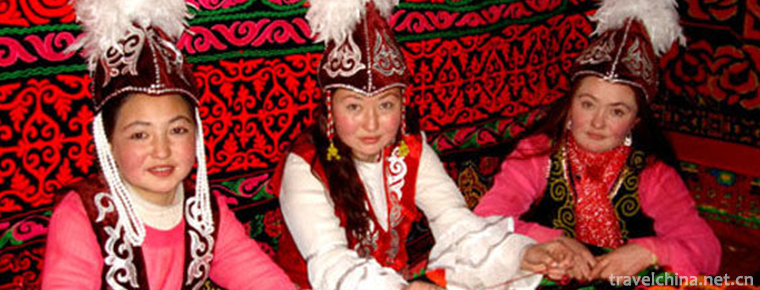
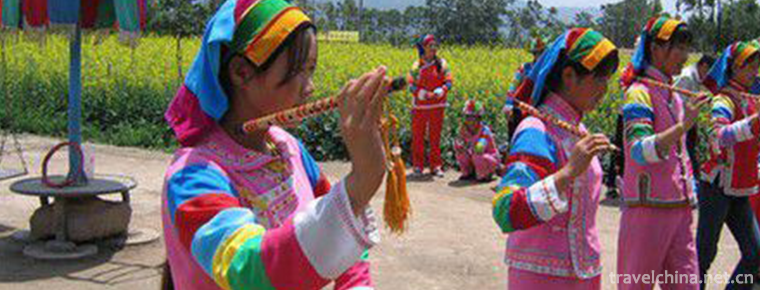
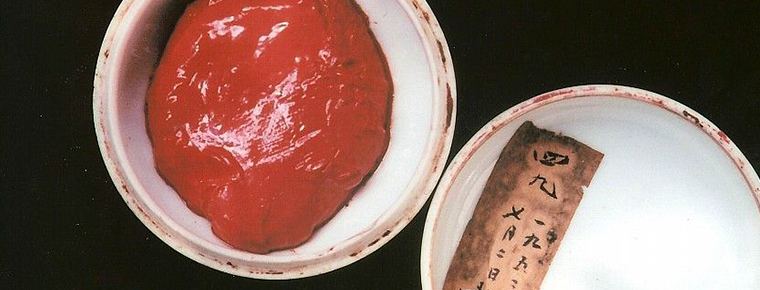
0 Questions